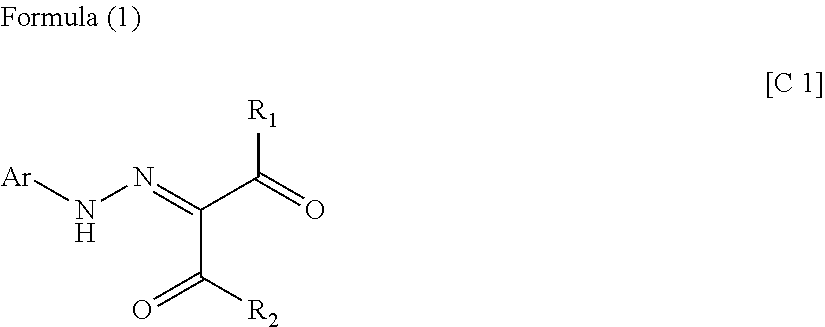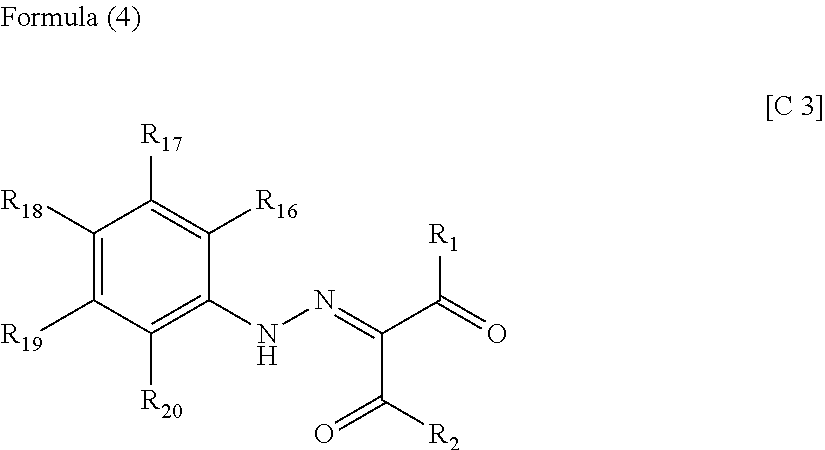Toner
a technology of toner and granules, applied in the field of toner, can solve the problems of affecting the charging performance of toner, affecting the quality of toner, so as to achieve the effect of reducing the level of toner on the recording medium, stable, and long-term high resolution
- Summary
- Abstract
- Description
- Claims
- Application Information
AI Technical Summary
Benefits of technology
Problems solved by technology
Method used
Image
Examples
example 1
[0328]1.5 mass parts of silica particles (RY200: Nippon Aerosil Co., Ltd.) and 0.2 mass parts of rutile titanium oxide fine powder (average primary particle diameter 30 nm) subjected to surface treatment with dimethyl silicone oil were dry mixed for 5 minutes with 100 mass parts of black toner particles 1 in a Henschel mixer (Mitsui Mining) to obtain a black toner 1. The black toner 1 was evaluated as follows. The evaluation results are shown in Table 3.
[0329]As shown in the evaluation results, good results were obtained in all the evaluations.
[0330](Granulating Properties of Black Toner Particles)
[0331]The granulating properties of the black toner particles were investigated based on the D50 wt % / D50 number % as measured with a Coulter Counter, using the toner particle suspension after completion of the polymerization reaction in the case of the suspension polymerization method and the toner particle dispersion after removal of the solvent from the suspended particles in the case o...
example 2
[0364]Evaluations were performed as in Example 1 except that black toner particles 2 were substituted for black toner particles 1, to obtain black toner 2 instead of black toner 1. The evaluation results are shown in Table 3. As shown in the table, good results were obtained in all evaluations.
examples 3 to 5
[0366]Evaluations were performed as in Example 1 except that black toner particles 4 to 6 were substituted for black toner particles 1, to obtain black toners 4 to 6 instead of black toner 1. The evaluation results are shown in Table 3.
PUM
| Property | Measurement | Unit |
|---|---|---|
| Fraction | aaaaa | aaaaa |
| Zeta potential | aaaaa | aaaaa |
| Zeta potential | aaaaa | aaaaa |
Abstract
Description
Claims
Application Information
 Login to View More
Login to View More - R&D
- Intellectual Property
- Life Sciences
- Materials
- Tech Scout
- Unparalleled Data Quality
- Higher Quality Content
- 60% Fewer Hallucinations
Browse by: Latest US Patents, China's latest patents, Technical Efficacy Thesaurus, Application Domain, Technology Topic, Popular Technical Reports.
© 2025 PatSnap. All rights reserved.Legal|Privacy policy|Modern Slavery Act Transparency Statement|Sitemap|About US| Contact US: help@patsnap.com



